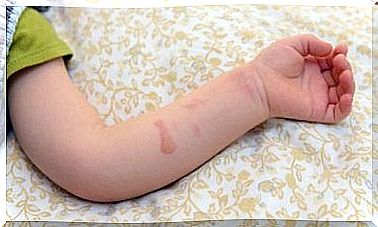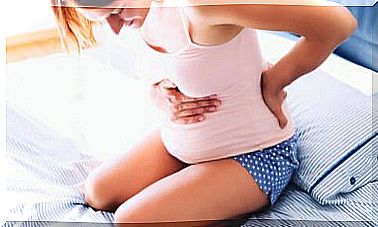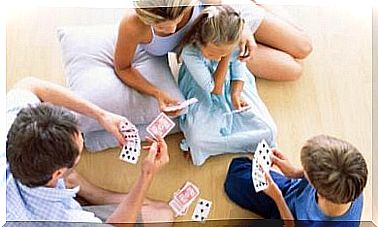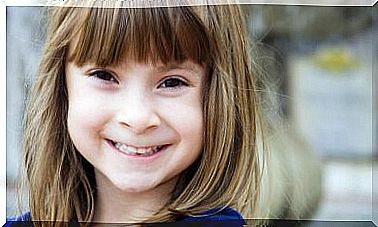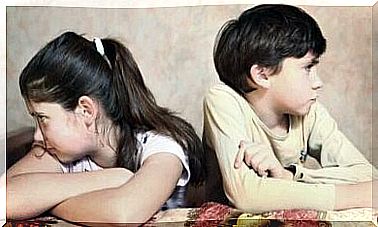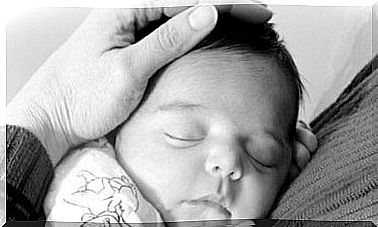Juvenile Dermatomyositis: Symptoms, Diagnosis And Treatment – I’m A Mom
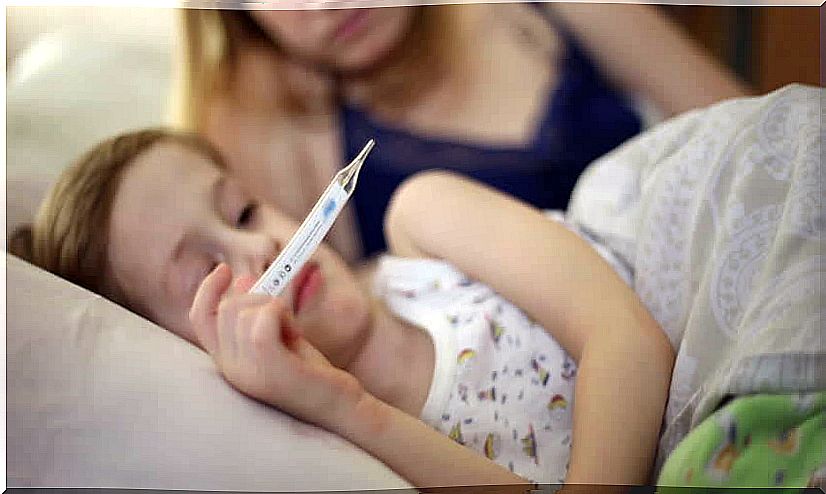
It is estimated that juvenile dermatomyositis affects between 3,000 and 5,000 children. The series of symptoms it presents makes childhood very difficult. The most effective way to face this disease is to know everything related to it, in addition to following all medical recommendations.
What is juvenile dermatomyositis?
It is an autoimmune disease that is characterized by causing muscle damage, caused because the blood vessels that are located under the skin and muscles are inflamed. Changes are often seen in the skin over the joints, at the edge of the eyelids, and at the finger joints.
Autoimmune diseases are those in which the body damages healthy tissue or cells by mistaking them for invading agents. The ages at which it usually appears are from 2 to 15 years old.
Symptoms of juvenile dermatomyositis
In most cases, symptoms usually appear gradually, whereas in other patients they manifest acutely or even intensely. Every patient experiences each symptom differently. Due to some of these symptoms, the child will not be able to perform certain activities.
The most common symptoms, although not the only ones, are:
- Rash on skin, face, joints, knees and elbows.
- Swelling of the eyelids and joints.
- Muscle weakness.
- Change the color of the eye contour (red or purple).
- Malaise caused by fever and fatigue.
- Difficulty swallowing and weak voice.
- Acute abdominal pain caused by digestive ulcers.
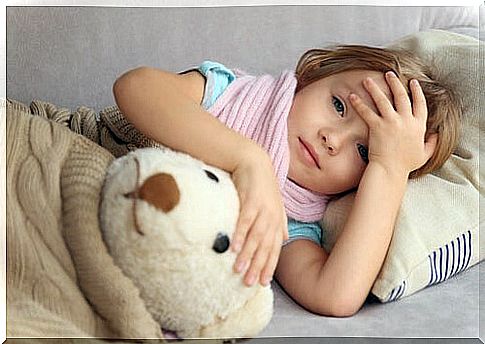
disease stages
This condition develops in 4 stages:
- Prodromal period. At this stage, symptoms are irregular and tend to be confused with other disorders. It can last from weeks to months.
- Progressive muscle weakness and rash. This process of weakening muscles takes weeks to stabilize and recovery can take up to two years.
- Muscle inflammation and rash. This phase lasts 2 years.
- Recovery. It can occur without major consequences, while in other cases it causes muscle atrophy and contractures.
Causes and Diagnosis
So far, the causes of this disease have not been determined. What many experts say is that it is a malfunction of the immune system, and this type of disease is also believed to be hereditary.
To determine if you suffer from this disease, you need to perform the following tests:
- Physical exam.
- Laboratory Tests : These tests will determine the presence of antibodies and muscle enzymes.
- Electromyography. It is necessary to detect muscle or nerve damage.
- Biopsy. It is necessary to carefully examine a piece of fabric.
- X-ray. With these, you can get images of the affected bones and internal tissues.
- Magnetic Resonance. Used as a last resort to see how much an organ has been affected.
Treatment for juvenile dermatomyositis
The type of treatment will depend on how much the disease has affected the patient. What is expected of the treatment is to reduce inflammation to prevent tissue damage, as well as to regain muscle strength, reduce pain and, generally speaking, improve the child’s quality of life.
This is possible through supportive treatments and a constant multidisciplinary approach, including:
Medicines
The most frequent medications are glucocorticoids and methotrexate for inflation. For the skin, antimalarial drugs such as hydroxychloroquine and the use of sunscreen.
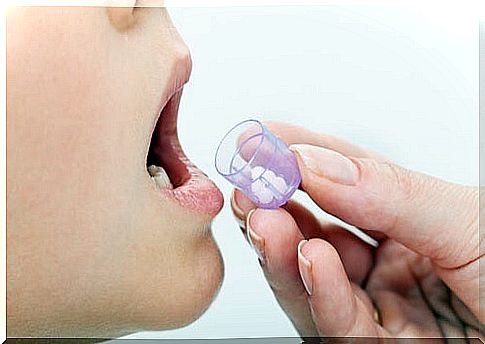
Therapies
Physical therapy will help the patient maintain and improve muscle flexibility and strength. When the swallowing muscles are affected, speech therapy will be essential to help manage the changes.
food
The guidance of a nutritionist to indicate which foods the child can consume, so that chewing and swallowing can become much easier for them, will be essential.
Once the treatment is applied correctly, the child can respond favorably in no more than two months.
Finally, you must be very patient, as the child will certainly often manifest anxiety or frustration due to the large number of symptoms that generate discomfort.
Although juvenile dermatomyositis is not curable, there are many patients who do not have complications for long periods.

